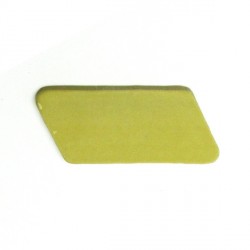As a modeller, but not necessarily an electrician, you may have read many 'how to' articles advising the use of a...
No products
Product successfully added to your shopping cart
There are 0 items in your cart. There is 1 item in your cart.
Search Tips
Christmas and New Year
We are dispatching orders every weekday apart from Christmas Day, Boxing Day and New Year's Day.
If you order is time critical, select next day delivery at checkout.
The shop in Sandown is closed from 25th December, reopening on 30th December.
What is meant by the term double heading and when was it used ?
Double heading is a term used in railway operations and refers to the practice of using two locomotives to haul a single train. This technique was commonly used in the past when locomotives had limited power and were unable to pull heavy loads on their own. By coupling two locomotives together, their combined power allowed them to haul larger and heavier trains.
Double heading was particularly prevalent during the steam era, when steam locomotives were the primary means of propulsion. Steam locomotives had a limited power output and in order to overcome this limitation, railway companies would often pair two locomotives together to increase the pulling capacity. This was especially common on steep gradients or when hauling long freight trains.
The practice of double heading gradually declined with the advent of more powerful locomotives, such as diesel and electric engines. These newer locomotives had significantly higher power outputs, which made double heading less necessary. However, there are still instances today where double heading is used for special events or to recreate historical train operations.
In the world of model railways, double heading is a popular technique used by enthusiasts to replicate the realistic operation of trains. By using two locomotives to haul a train, modellers can accurately recreate the technique used to haul a heavy freight or passenger, especially in areas where steep inclines were likely to be encountered.
Click here to receive the tips weekly in your mailbox. You can unsubscribe at any time.









